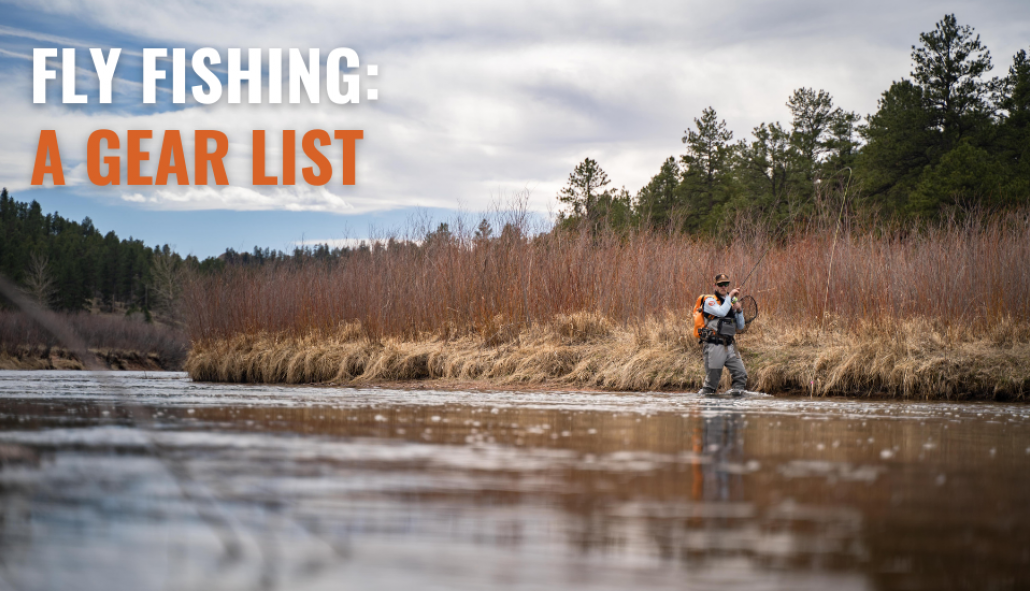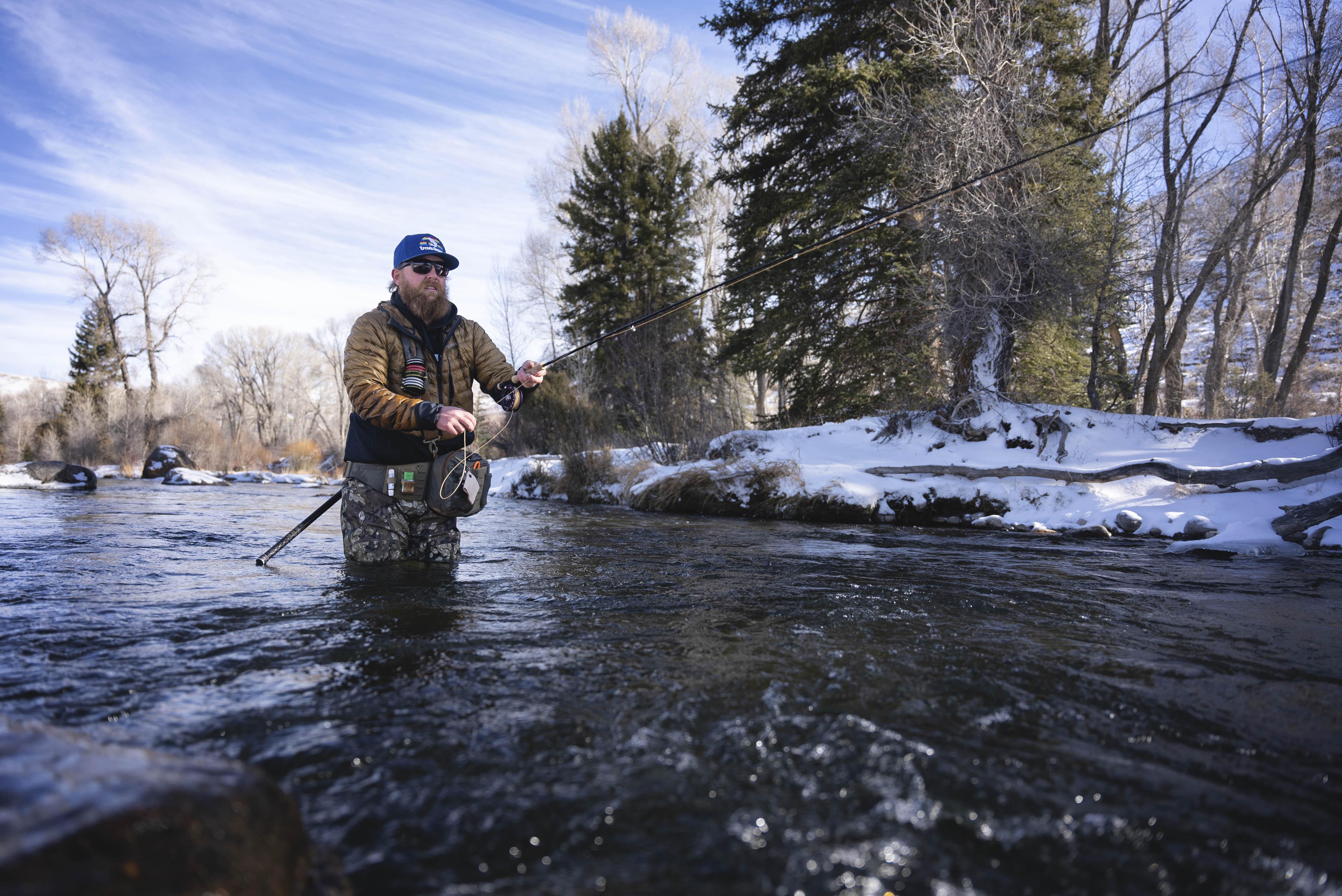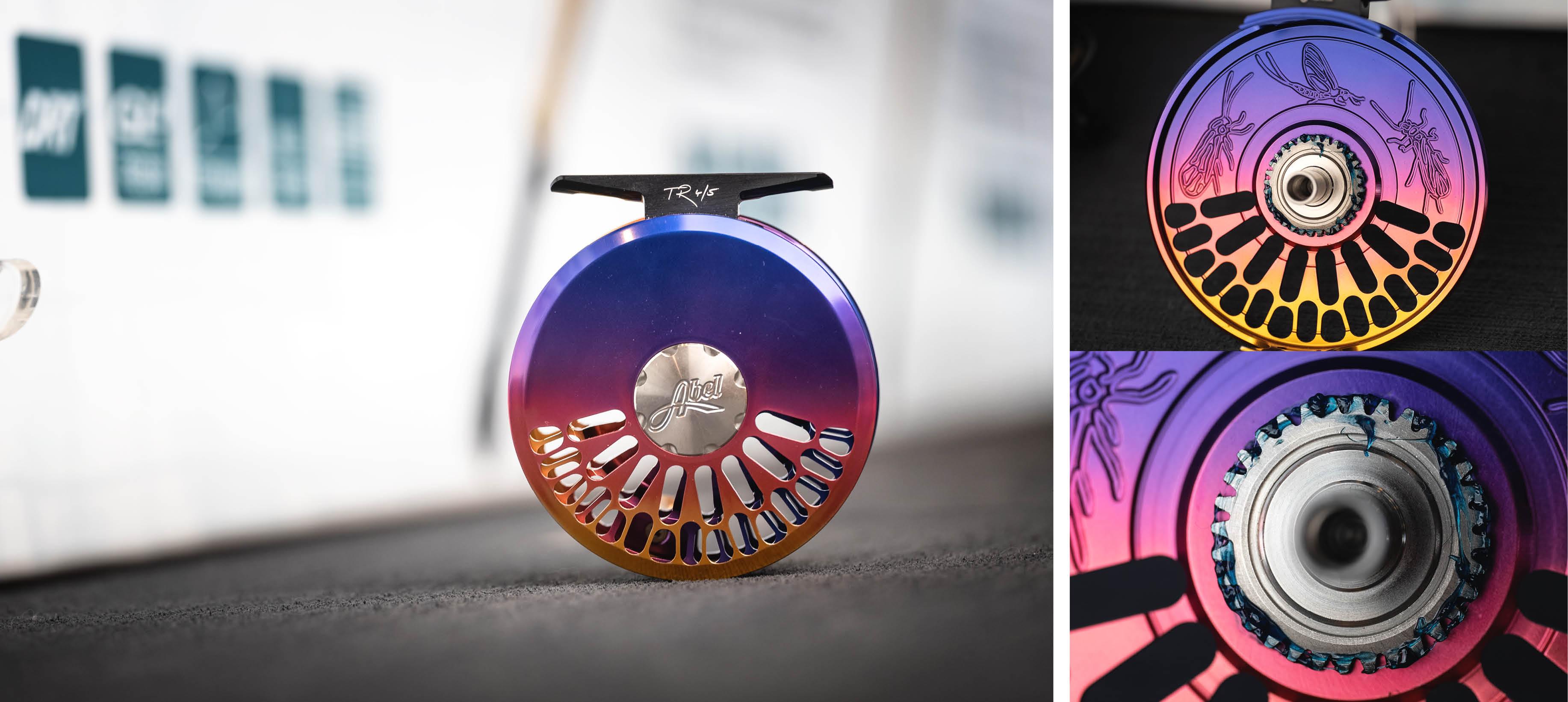What makes a good fly reel? From my perspective, a good fly reel doesn't fail, wobble, fall apart, or seize. A good fly reel simply gets the job done and looks good while doing it. In the world of fly reels, there are countless designs and design choices to consider when purchasing your first fly reel. Finish, material, manufacturing processes, sound (yes, the sound), look, durability, drag, size, backing capacity... all come into play when purchasing your next fly reel. Here are some great options:
Good: Orvis Battenkill Reels - $149.00
Simple design and flawless construction make this the perfect click-and-pawl fly reel for nearly any freshwater fishing situation. A minimalist's dream, the all-new Battenkill features a classically styled, yet technically enhanced, four-position click-and-pawl drag system that is adjusted internally and is designed to work in tandem with the palm of your hand on those sizzling, screaming runs.
Better: Temple Fork Outfitters NTR Fly Reel - $169.95
TFO NTR fly reels are fully CNC machined from lightweight 6061-T6 aluminum and feature a smooth cork disc drag system, (draw bar design). A one-way stainless-steel spindle bearing with an internal cap and O-ring seal. The drag system is sealed to keep out moisture and dust. The NTR series reel features an out-going check and is easy to change from left to right-hand retrieve.
All NTR fly reels come with a black neoprene pouch.
Best: Ross Reels Colorado Fly Reel - $370.00
The Colorado LT set the bar for lightweight click pawl reels. The new Ross Reels Colorado Fly Reel takes it to the next level. The semi-caged frame on the Colorado adds unmatched strength and rigidity, but with only a minimal weight gain - just enough to balance out a wider range of lightweight rods. The industry-first bushing is fully machined from Vesconite - a material specifically designed to be used in the toughest marine bearing applications, guaranteeing a lifetime of flawless operation.
In general, the size of the reel should match the weight of the rod. All fly reels are designed to fit on a specific range of fly rods. Why? Two things: weight/balance on your rod and how the drag is tuned, designed, and manufactured. For example, a 2 weight reel will not have the same ability to stop a sizable fish, as well as a 6 weight reel, would. I'd venture to say that the 2 weight reel might not even fit an entire 6 weight fly line...let alone backing.
Unfortunately, reel manufacturers don’t use standard sizing ranges. For example, the Ross Evolution LTX ⅚ is designed for a 5 or 6 weight rod. While others, like Orvis, will note a reel size that has an associated rod weight recommendation. For example, the Orvis Mirage II is recommended for use on a 3 to 5 weight rod, while the Orvis Mirage V is recommended for use on a 9 to 11 weight rod.
Another feature to take into consideration is the arbor of a fly reel is the diameter of the spool where the backing is attached. Without getting too techy here, the larger the arbor, the quicker the line and backing retrieval rate. Imagine the size comparison to a 2wt reel and a Saltwater reel. One is larger, and one is smaller. Arbor sizes are broken up into three groups: standard, mid-arbor, and large arbor. Most modern fly reels are either mid-arbor or large arbor reels. The standard arbor (the smallest size arbor) is rarely seen in contemporary fly reels. However, they are very prevalent in the click-and-pawl reels still produced today, like the Ross Reels Colorado Fly Reel and click-and-pawl reels from Orvis. The standard arbor makes sense on smaller, lighter Trout and small Warmwater rigs where the reels serve more as a line holder than a high-end saltwater fly reel.




